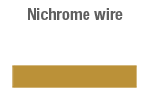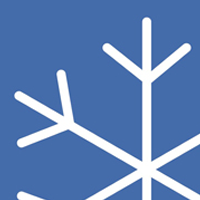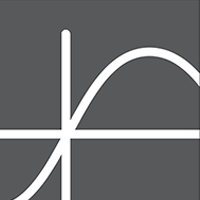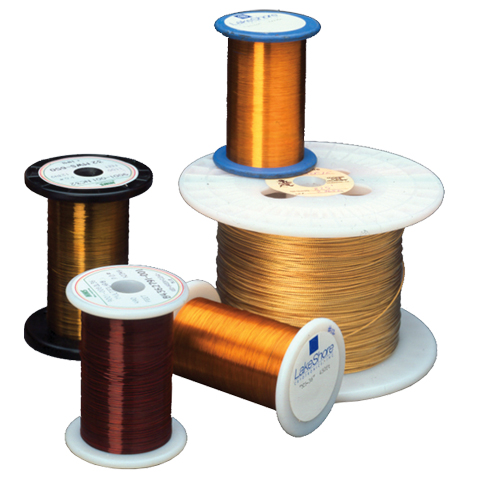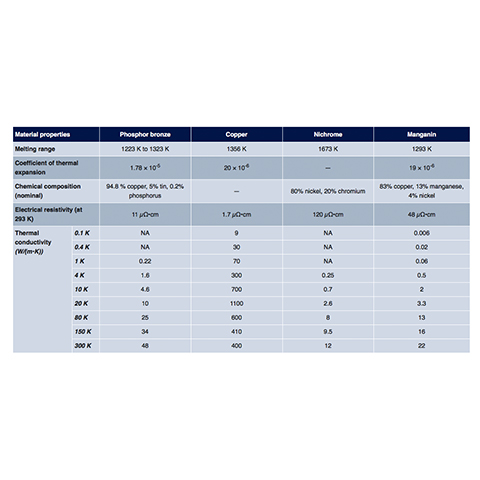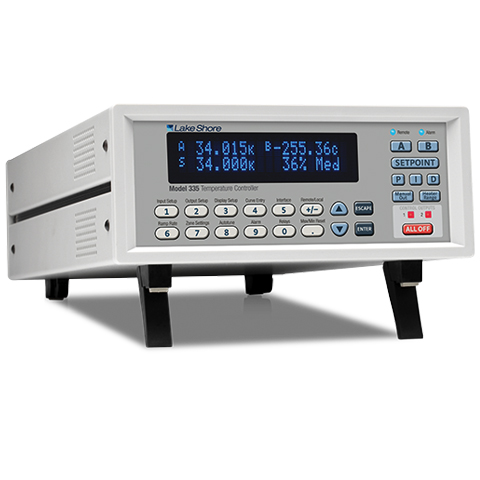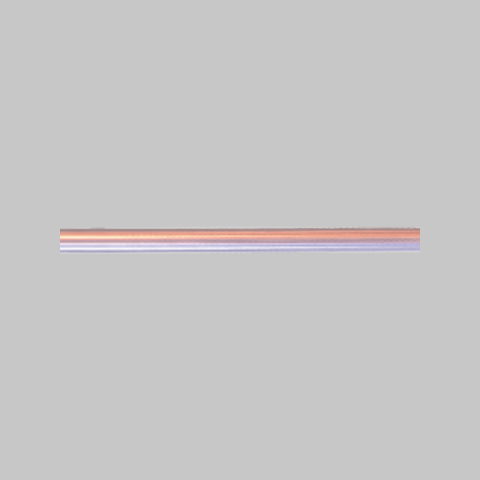Cryogenic Wire
Cryogenic Wire Features
Used to minimise heat leak into the sensor and cryogenic system, cryogenic wire has a much lower thermal conductivity (and higher electrical resistivity) than copper wire. The most common type of cryogenic wire is phosphor bronze. This wire is available in one-, two-, and four-lead configurations. Four-lead configurations are available as Quad-twist™ (two twisted pairs) or Quad-lead™ (ribbon). Wire gauge is 32 or 36 AWG, with polyimide or polyvinyl formal (Formvar®) used to insulate the wires. Other common cryogenic wires include manganin, nichrome heater wire, and HD-30 heavy duty copper wire.


Types
Lake Shore non-magnetic (NM) single lead (SL) wire is a phosphor bronze (CuSnP alloy) wire. This wire has a relatively low temperature dependence of its resistance from room temperature to helium temperatures.
WSL-32 can be used for sensor installations requiring stronger and more ‘rugged’ leads.
WSL-36 wire is recommended for general sensor installation.
- Phosphor bronze wire
- Non-ferromagnetic
- Single strand
- 32 and 36 AWG
- Polyimide insulation (WSL-32)
- Formvar® insulation, clear (WSL-36)
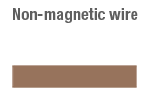
These low resistance twisted pair wires are ideal for extending the lead length of Lake Shore cryogenic Hall sensors.
- Silver-plated copper
- 34 AWG
- Teflon® insulation
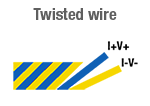
Duo-Twist™ is a single twisted pair (2 leads) of 32 or 36 AWG phosphor bronze wire twisted at 3.15 twists per centimetre (8 twists per inch). This wire is a good choice when any possibility of pickup noise to a diode sensor or sample by induced currents through the leads needs to be minimised.
- Phosphor bronze wire
- Non-ferromagnetic
- Single twisted pair (2 wires)
- Color coded (cathode-green, anode-clear)
- Minimises pickup noise
- 32 and 36 AWG
- Polyimide insulation
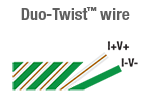
Quad-Lead™ wire is a 4-wire “ribbon cable”, which makes heat sinking and dressing leads much easier than working with individual wires. Noninductive (bifilar) windings are simple to make for heat sinks and heaters using the Quad-Lead™ wire. In addition, the wire is colour coded for easy lead identification, and can be split to yield 2 wire pairs. Quad-Lead™ wire is also useful in standard 4-lead measurements in magnetic field applications due to its low magnetoresistance.
Note: Quad-Lead™ wires are formed into a “ribbon cable” using Bond Coat 999 bonding film. This bonding agent will soften above 160 to 180 °C. Individual wires can be separated either by heat or with a rotary-abrasion style mechanical stripper (recommended: Eraser company RT2S Magnet Wire Stripper).
Do not separate the wires using any kind of sharp blade, as damage will result.
Download Separation of Quad-Lead™ Wires for more information.
- Phosphor bronze wire
- Non-ferromagnetic
- Four colour coded leads
- 32 and 36 AWG
- Polyimide insulation
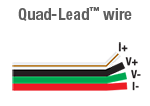
Quad-Twist™ is 2 twisted pairs (4 leads) of 32 or 36 AWG phosphor bronze wire. Each pair incorporates 3.15 twists per centimetre (8 twists per inch), and the 2 pairs are entwined at 1.57 twists per centimetre (4 twists per inch). This wire is a good choice when pickup noise to a diode sensor or sample by induced currents through the leads needs to be minimised. Use one twisted pair for sensor excitation and the other twisted pair for sensor output voltage to minimise pickup of electromagnetic noise.
- Phosphor bronze wire
- Non-ferromagnetic
- 2 twisted pairs (4 wires), colour coded
- Minimises pickup noise
- Polyimide insulation (WQT-32)
- Formvar® insulation (WQT-36)

Lake Shore manganin wire is often used for cryostat wiring or heater requirements in nonmagnetic applications.
- Nominal 83% copper, 13% manganese, and 4% nickel
- Non-ferromagnetic
- 30, 32, and 36 AWG
- Heavy Formvar® insulation
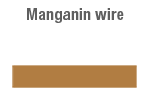
This more rugged wire is useful as a lead wire to resistance heaters in cryogenic environments where low resistance to the heater is required or desired.
- 30 AWG
- Seven 38 AWG silver-plated twisted copper strands
- Black etched Teflon® for adhesion to epoxy

This high resistance wire is typically used for heater requirements. The relatively large wire size provides sufficient surface area to dissipate the heat generated within the wire with only a moderate rise in wire temperature.
Note: We have had poor experience with heaters made using wire smaller than 32 AWG and supplying 25 W or more power. A possible alternative is one of the Lake Shore cartridge heaters.
- Nominal 80% nickel, 20% chromium
- Non-ferromagnetic
- 32 AWG
- Polyimide insulation
